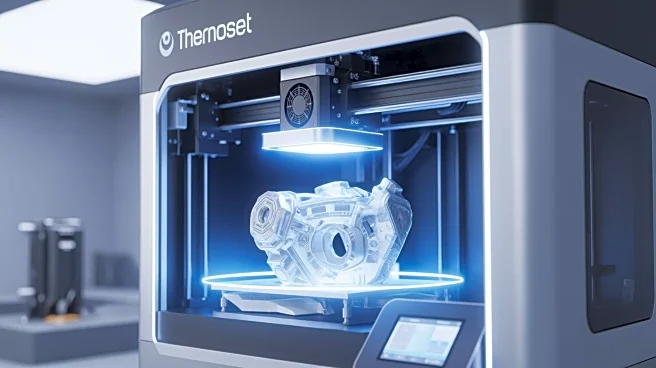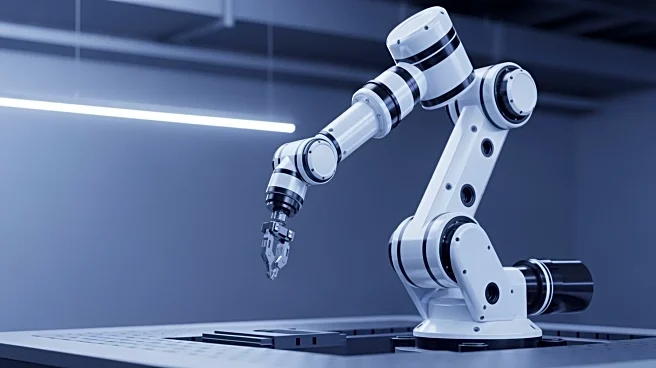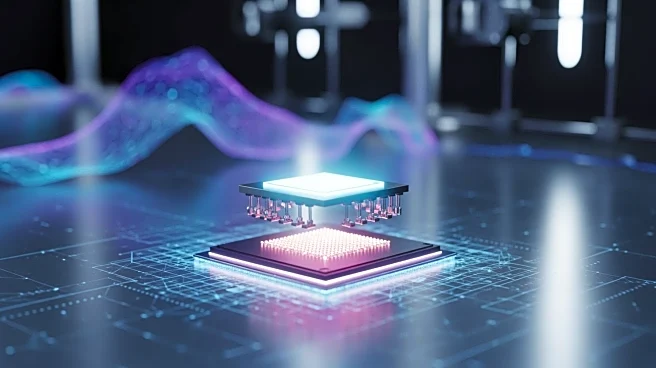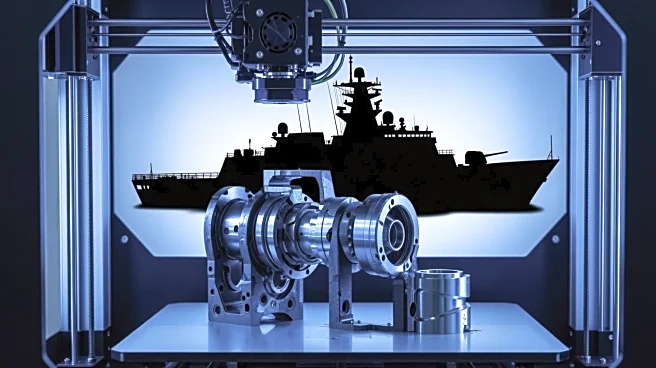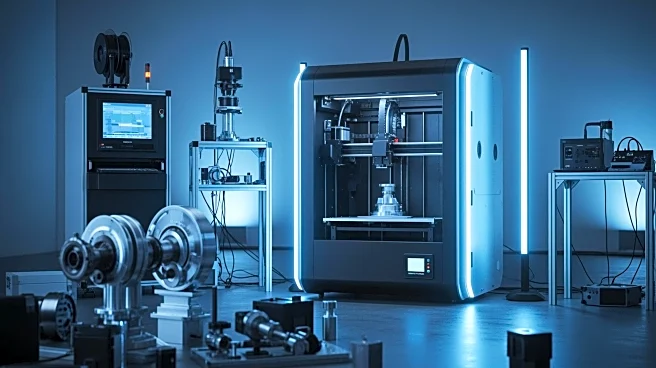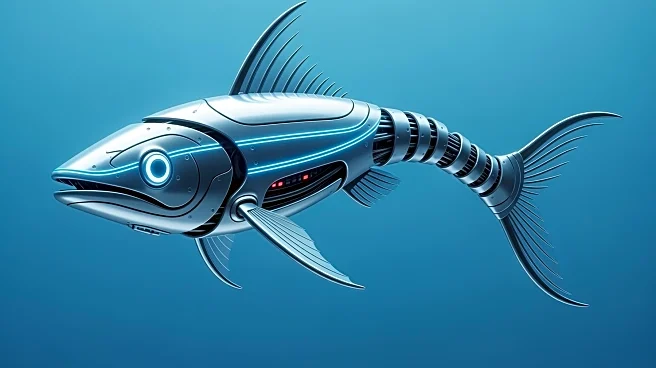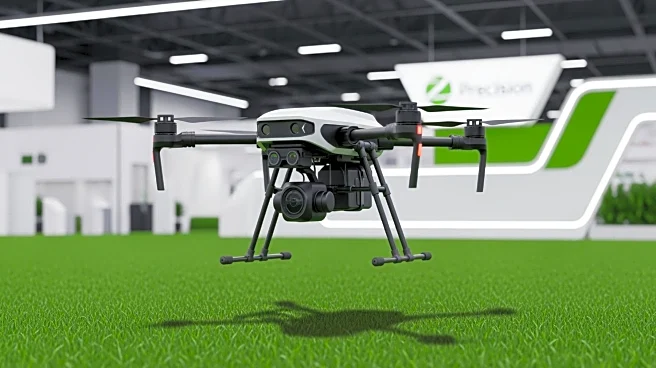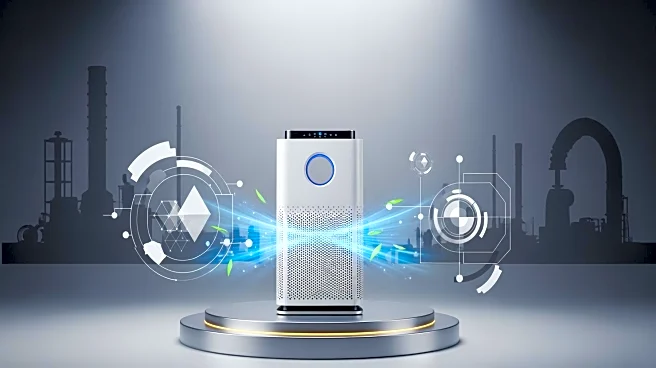What's Happening?
A new method for three-dimensional printing of thermoset materials has been developed, allowing for the construction of free-standing structures without the need for supporting materials. This approach integrates in situ laser-induced solidification with direct
ink writing, focusing a laser on a micro-sized polymer jet to achieve thermoset crosslinking in less than 0.25 seconds. The process offers a resolution as fine as 50 micrometers, with tunable mechanical and electrical properties. This method has been used to print stretchable electronics, flexible sensors, and soft magnetic robots, demonstrating its potential in flexible electronics and soft robotics.
Why It's Important?
The development of this 3D printing method represents a significant advancement in the production of thermoset devices, which are crucial for flexible electronics and soft robotics. By eliminating the need for supporting materials, the process reduces pre- and post-processing cycles, enhancing efficiency and reducing costs. The ability to tune mechanical and electrical properties expands the potential applications of thermoset devices, offering new possibilities for innovation in electronics and robotics. This method could lead to more sustainable manufacturing practices and drive advancements in technology sectors reliant on flexible and durable materials.
What's Next?
Further research and development are expected to refine this 3D printing method, potentially expanding its applications in various industries. The technology may be adapted for larger-scale production, increasing its commercial viability. Collaboration between researchers and industry leaders could accelerate the integration of this method into existing manufacturing processes, fostering innovation in electronics and robotics. The method's success may inspire similar advancements in other material sciences, promoting sustainable and efficient production techniques.
Beyond the Headlines
This breakthrough in 3D printing technology could have broader implications for manufacturing and material science. The ability to produce complex thermoset structures without support materials may lead to new design possibilities, influencing product development across multiple sectors. The environmental benefits of reduced material waste and energy consumption align with global sustainability goals, potentially impacting industry standards and practices.
